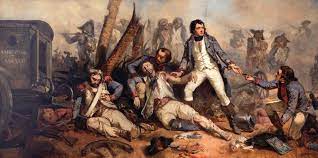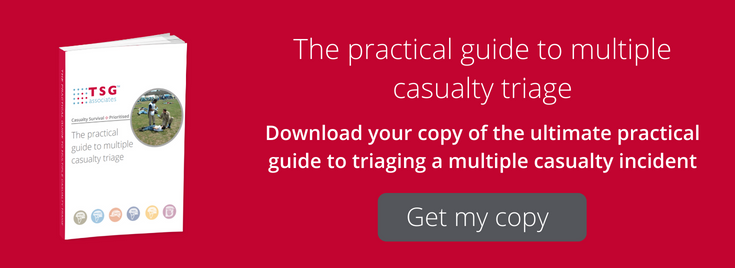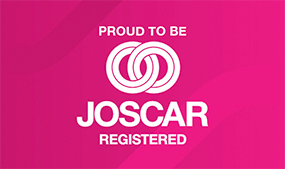
08/01/2024
How did triage start?
The blockbuster film Napoleon shows the horrors of the battlefield in the eighteenth century in graphic detail. Behind the fighting, Napoleon's surgeon, Dominque Jean Larrey, was carrying out some significant work in the area of battlefield care. A hugely respected individual, Napoleon stated.
“If the army ever erects a monument to express its gratitude, it should do so in the honour of Larrey.”
During the battle of Waterloo, his courage under fire was noted by the Duke of Wellington who ordered his soldiers not to fire in his direction so as to.
“Give the brave man time to gather up the wounded.”
In the 1790s, Larrey was appalled by the haphazard way the wounded were evacuated from the battlefield. Ambulances were posted well behind the lines, and often, wounded were not picked up until the fighting was over. Many could lie on the battlefield for hours, even days, suffering not only from their wounds but from hunger, dehydration and being looted, captured or killed by the enemy.
All too often, these unfortunates died before they were picked up or died en route to the dressing station. Larrey felt there had to be a better way. He was inspired by observing how fast the French mobile artillery could manoeuvre and decided to create ambulances that were similar in design. The result was the celebrated “ambulance volantes”, better known as “flying ambulances”.
Larrey also developed the system of triage, which he described as “the assignment of degrees of urgency to wounds or illnesses to decide the order of treatment of a large number of patients or casualties.” Injured soldiers were divided into three groups:
- Dangerously wounded,
- Less dangerously wounded
- Slightly wounded
The ones who had the worst wounds were given priority for treatment.
To this day, correctly implemented triage remains a cornerstone of response to multiple casualties. From its origins, many methods have been proposed and used to assign casualty priorities, but as we can see from Larry’s categorisation, the concept remains robust and relevant.
For more information about our triage and incident management solutions, please contact the team at TSG Associates today.












